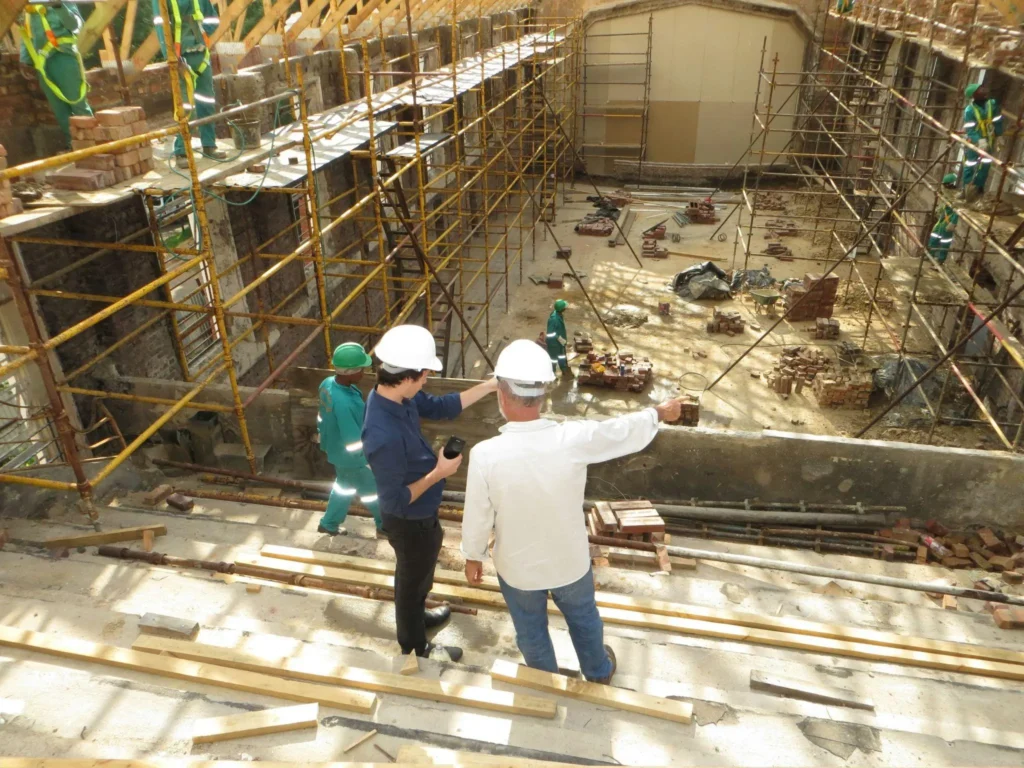Working at heights comes with unique challenges and risks, from maintaining balance to operating heavy equipment in less-than-ideal conditions. Whether you’re trimming trees, fixing power lines, or handling construction work, ensuring safety and efficiency is crucial to success.
This blog explores practical tips for working safely at heights, the key role of equipment in making tasks more manageable, and essential precautions to keep everyone on the job secure. With the proper preparation and tools, you can confidently complete your elevated functions. Stick around for advice that will take your work to the next level – literally and figuratively.
Understanding the Challenges of Working at Heights
High-elevation tasks are not only physically demanding but also carry significant risks. Slips, falls, and improper tool handling are just a few examples of what can go wrong. Even experienced workers face these hazards if they don’t take the proper precautions.
Another challenge is ensuring stability and control, especially when working on uneven surfaces or in harsh weather conditions. Strong winds, rain, or unstable ground can make it challenging to maintain balance or handle equipment safely.
Statistics underscore the importance of addressing these risks. Workplace safety organizations say falls from heights are among the leading causes of on-the-job injuries. These numbers highlight the need for careful preparation, thoughtful planning, and the right equipment to mitigate danger.
Choosing the Right Equipment for the Job
Selecting the right equipment is one of the most effective ways to ensure safety and efficiency. Every task is different, and using tools or machinery that don’t fit the job can compromise your results and well-being.
For example, renting a boom lift for safe and efficient work can significantly improve the quality of work when performing tasks like tree trimming or repairing high structures. These lifts provide the stability, reach, and maneuverability that ladders or scaffolding often lack.
When choosing equipment, consider the project’s height and scope and any specific requirements for movement and positioning. Inspect rental options, check for maintenance records, and ensure you’re renting from a reputable provider. The right equipment reduces risk, speeds up the work process, and improves accuracy.
Safety Precautions to Follow Before Starting
Safety should never be an afterthought, especially when working at heights. Before starting any elevated task, inspect both the worksite and your equipment. Look for hazards like uneven ground, overhead obstacles, or weather conditions that could affect the job. Equipment should be thoroughly checked to ensure it’s in good working condition, with no signs of wear or malfunction.
Proper training is another essential step. Lift operators or operators of other specialized equipment must be certified and familiar with the controls. Everyone should understand the safety protocols and their specific roles for team-based projects to ensure smooth communication and coordination.
Finally, don’t underestimate the importance of personal protective equipment (PPE). Hard hats, safety harnesses, gloves, and non-slip footwear are must-haves for heights-related jobs. Wearing the right gear can differ between a minor scare and a major accident.
Techniques for Effective Work at Heights
Efficiency is just as important as safety when working at heights; the two often go hand in hand. Start with a clear plan: outline the steps for the project and ensure all necessary tools and materials are readily available. A well-organized workflow minimizes the risk of rushing, which can lead to mistakes or accidents.
Communication is key, especially if you’re working with a team. Establish a system for signaling or relaying instructions so everyone remains on the same page. Whether it’s using hand signals or two-way radios, effective communication helps avoid confusion and keeps the project running smoothly.
Finally, aim for precision over speed. While it might be tempting to rush through tasks to meet deadlines, cutting corners can compromise both safety and the quality of work. Take your time to ensure everything is done right, from securing equipment to executing each job step. A methodical approach can save you time and trouble in the long run.
Common Mistakes to Avoid During Elevated Work
Mistakes at heights can lead to severe consequences, so it’s crucial to identify and avoid common pitfalls. One frequent error is neglecting proper safety checks. Skipping equipment inspections or rushing through site assessments can increase the risk of accidents, as undetected faults or hazards might go unnoticed.
Another mistake is using the wrong equipment for the job. Ladders or scaffolding may be sufficient for some tasks, but they can be unsafe or inefficient for others. Always match your tools to the task to maintain stability and control.
Lastly, ignoring local safety regulations can lead to trouble. Not only do these guidelines exist to protect workers, but failing to follow them can result in penalties or legal issues. Stay informed about the rules in your area and adhere to them strictly to maintain a safe work environment.
Conclusion
Working at heights demands both preparation and precision. Understanding the unique challenges, selecting the right equipment, and following strict safety precautions can significantly reduce risks and boost efficiency.
Safety isn’t just a priority—it’s the foundation of successful elevated work. With the right mindset, tools, and techniques, you’ll be well-equipped to confidently handle even the most daunting tasks.

